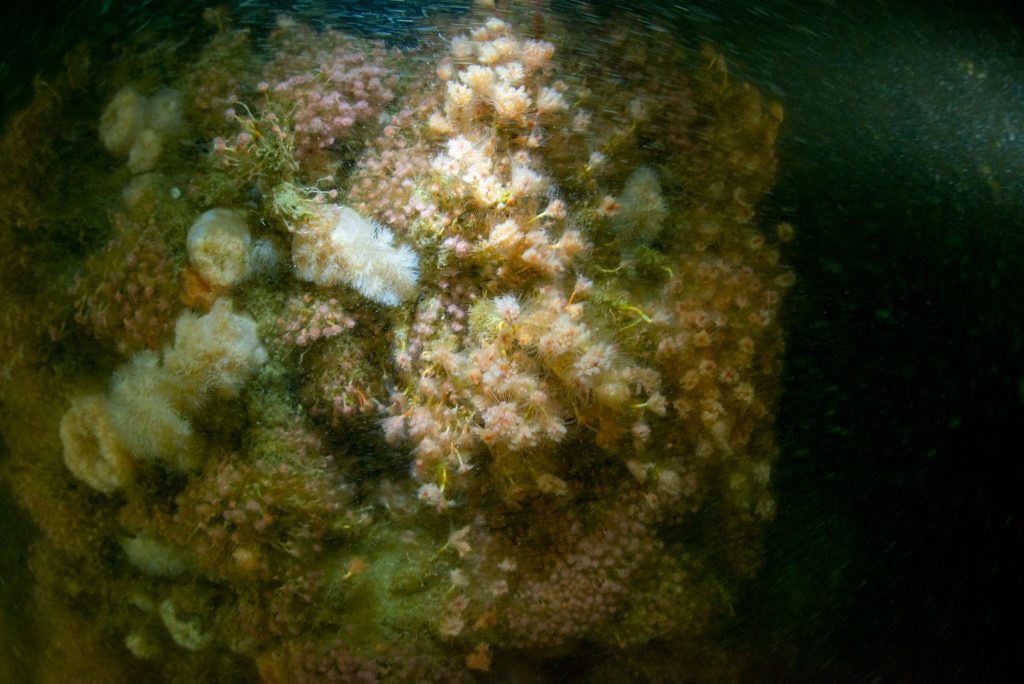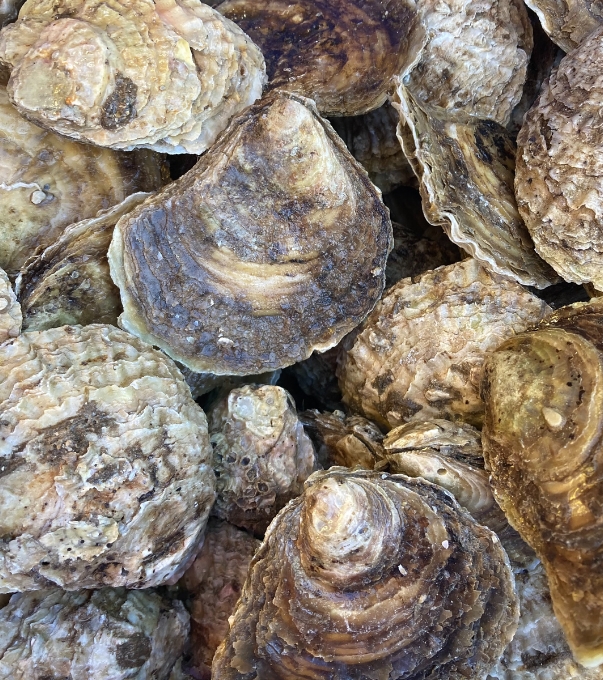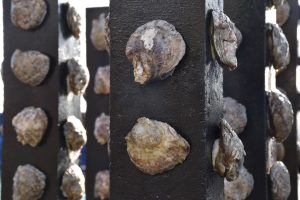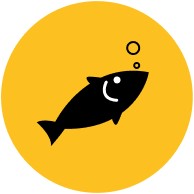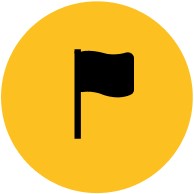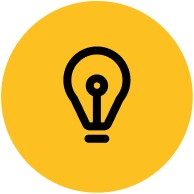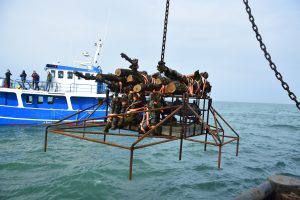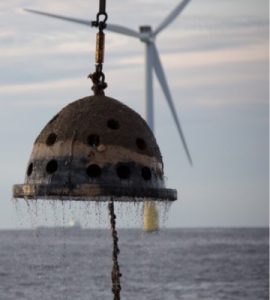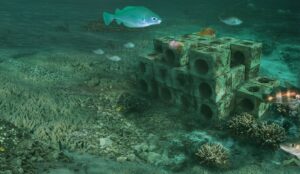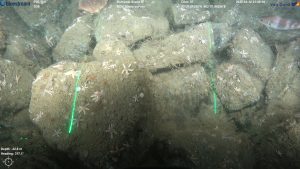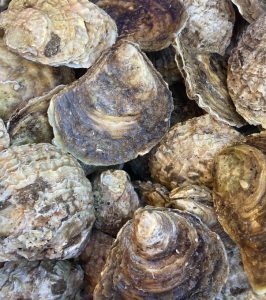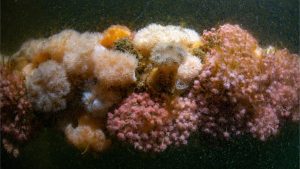Many species benefit from increased habitat complexity and food options provided by stand-alone structures. These units aren’t attached to turbines or platforms, and function without them. They can be installed in between turbines, in or outside of safety zones (depending on national regulations), and on or next to scour protection. In some cases, stand-alone structures can be installed with their own scour protection measures where needed.
Artificial reefs are one example of stand-alone structures. As a biodiversity headquarter, reefs are essential to many marine areas and species. Offshore wind turbines and related structures may have ‘reef effects,’ but aren’t designed to stimulate reef formations. Adding artificial reefs to wind farms can enhance reef effects and support populations of fish and benthic species.
